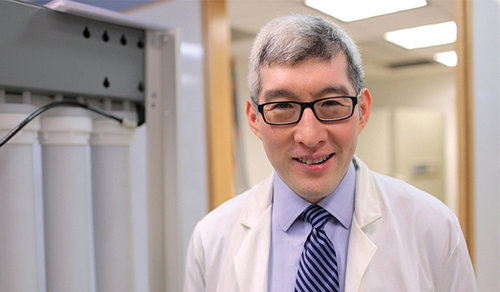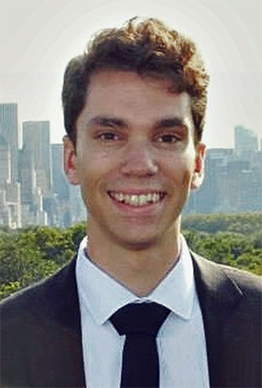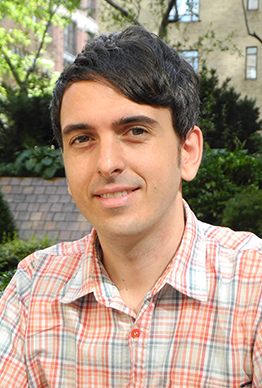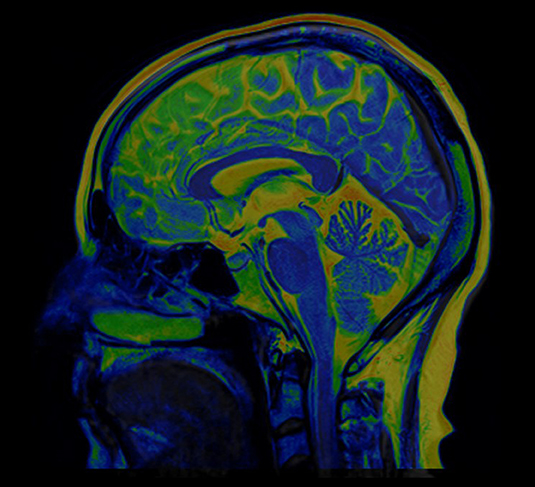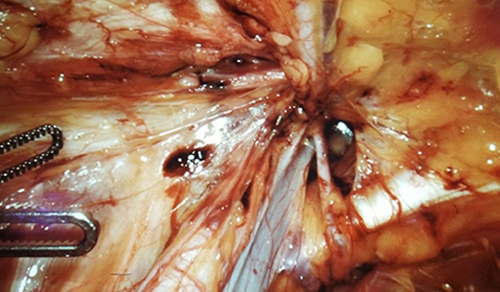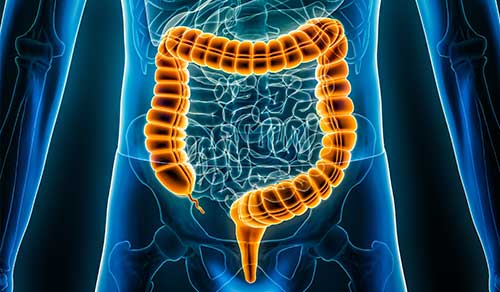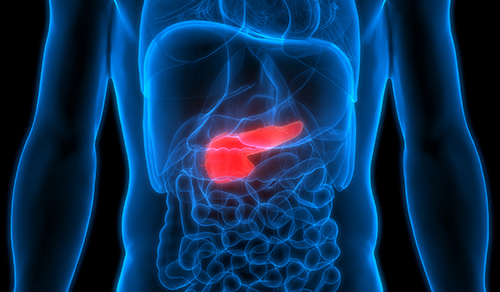Investigating the Neurobiological Mechanism for Hallucinations and Delusions
Dr. Kenneth Wengler
Dr. Guillermo Horga
Researchers Kenneth Wengler, PhD, a Postdoctoral Research Fellow, and Guillermo Horga, MD, PhD, Florence Irving Associate Professor of Psychiatry, Columbia University Vagelos College of Physicians and Surgeons, have found evidence of a potential neurobiological mechanism for hallucinations and delusions that fit within the hierarchical model of psychosis and can explain their clinical presentation.
Dr. Wengler and Dr. Horga investigated the neurobiological mechanisms of two symptoms of schizophrenia: hallucinations and delusions, which form the syndrome of psychosis. “Typically, patients with more severe hallucinations also have more severe delusions, and these two symptoms respond similarly to antipsychotic medications,” says Dr. Wengler. “But this is not always the case; some patients have very prominent hallucinations but less severe delusions and vice versa. This suggests that these symptoms may share a common neurobiological mechanism while simultaneously depending on symptom-specific pathways.”
Some experts in the field believe that a hierarchical perceptual-inference model can explain the mechanisms behind psychosis. “In its simplest form, the hierarchical model has two levels to the hierarchy: low and high. The low level makes inferences about basic features of stimuli and the high level makes inferences about their causes,” says Dr. Wengler. “An intuitive example of this is inferring the weather. In this scenario, you must decide if you are going to take an umbrella with you when you leave the house. The stimulus in this scenario is what you see when you look out the window; let’s say it’s cloudy. The context in this scenario is what you expect the weather to be like on a given day in the city you are in; let’s say you are in Seattle. Although it is not currently raining, because it’s cloudy and you are in a city where it often rains, you may decide to take an umbrella with you. The hierarchical model of psychosis frames hallucinations as resulting from dysfunction at the lower levels of the hierarchy and delusions as resulting from dysfunction at the higher levels of the hierarchy. Critically, these levels of inference are distinct but interconnected, so a dysfunction at one level would likely propagate upwards or downwards to other levels, therefore explaining why these symptoms tend to co-occur.”
Role of Neural Timescales
To investigate the neurobiological mechanisms of hallucinations and delusions within the framework of the hierarchical model, the researchers used functional magnetic resonance imaging to measure intrinsic neural timescales throughout the brain. These neural timescales reflect how long information is integrated in a given brain region. Most importantly, these neural timescales are organized hierarchically, making it a fitting measure to test the hierarchical model of psychosis.
The Columbia researchers collected data from 127 patients with schizophrenia from various online databases and determined how an individual’s neural timescales related to their hallucination and delusion severities together. They found that neural timescales in the lower levels of the hierarchy tended to be longer in patients with more severe hallucinations, while neural timescales in the higher levels tended to be longer in patients with more severe delusions. These results provide the first direct evidence of a potential neurobiological mechanism for hallucinations and delusions that fit within the hierarchical model of psychosis and can explain their clinical presentation. The common neurobiological mechanism for both symptoms could result in increased neural timescales, but the symptom-specific pathways are the level of the hierarchy at which the neural timescales are increased.
“Our findings open the door for the development of treatments to target specific symptoms of psychosis depending on an individual subject’s symptom profile, in line with the current push for individualized medicine,” says Dr. Horga.
Reference Articles
Wengler K, Goldberg AT, Chahine G, Horga G. Distinct hierarchical alterations of intrinsic neural timescales account for different manifestations of psychosis. eLIFE. 2020;9:e56151.
Related Publications

Dr. Vivian Pender: Upcoming President of APA
